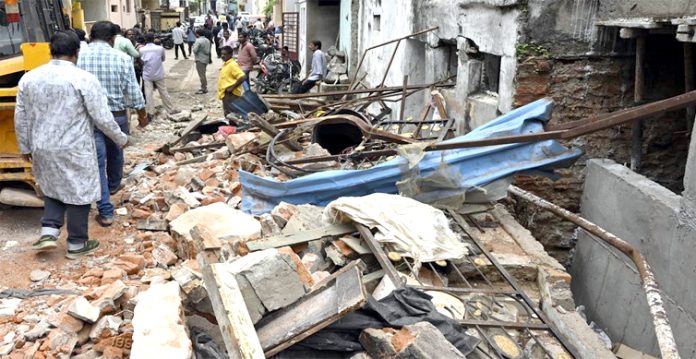As monsoon rains lash cities across India once again, the same devastating scenes repeat themselves—flooded homes, broken roads, submerged vehicles, collapsed buildings, and stranded citizens. While media houses flash visuals of boats ferrying residents and ministers hovering in helicopters for photo ops, experts and citizens alike ask: where is the lasting solution?
The lack of preparedness and long-term urban planning stands exposed yet again. Experts have repeatedly pointed out the unchecked construction on natural water bodies—lakes, ponds, and streams—as a major cause of flooding in Indian cities. Encroachments, driven by real estate greed and protected by corrupt officials, have blocked traditional water flow channels, forcing rainwater to inundate homes and roads.
Despite numerous assurances from authorities, very little has been done to strengthen flood-prevention infrastructure. Roads disintegrate with the first spell of rain, and bridges give way under water pressure—raising serious questions about the quality of public works. Meanwhile, the officials responsible remain unaccountable, and no strong action is taken against those involved in substandard construction.
Also Read: Land Sharks pose a threat again to Firangi Nala in Jalpally
Public anger also stems from the fact that funds meant for flood relief and climate resilience often remain unutilized or are misappropriated. Citizens argue that if technocrats and funds are available, why aren’t cities being redesigned to effectively drain rainwater and store it for dry seasons?
This recurring monsoon misery highlights a bigger issue—government apathy and systemic corruption. The monsoon, which should bring joy and relief, now triggers fear and destruction. With climate change intensifying seasonal extremes, experts say India can no longer afford to treat floods as routine.
What is needed now is not more aerial surveys or rhetoric, but a serious overhaul in urban governance, anti-encroachment measures, stricter accountability, and climate-resilient infrastructure. The time for lamenting is over. It is time to act.
(This story is sourced from a third-party syndicated feed. Raavi Media takes no responsibility or liability of any nature. Raavi Media management/ythisnews.com can alter or delete the content without notice for any reason.)


